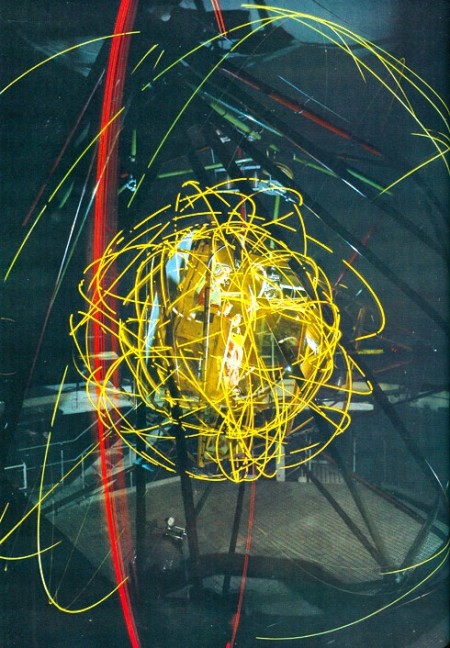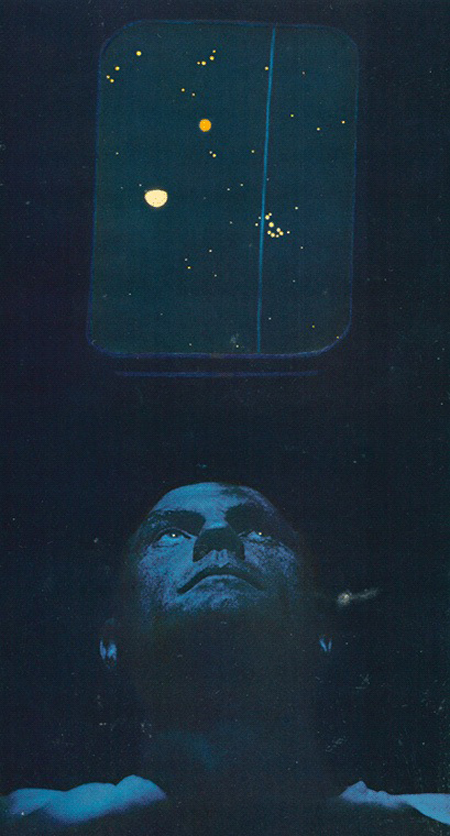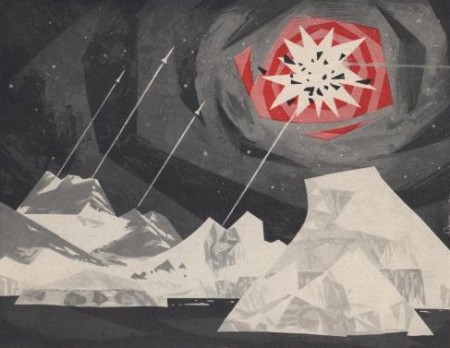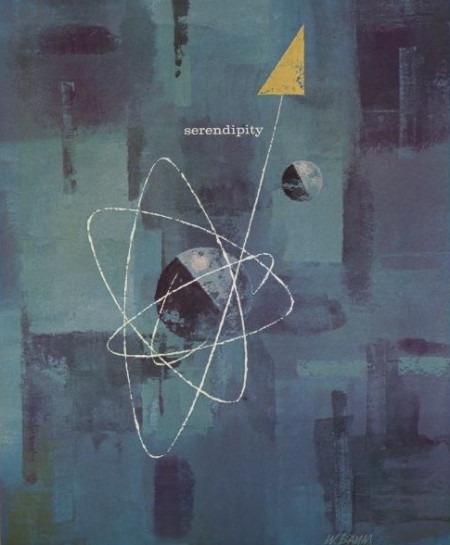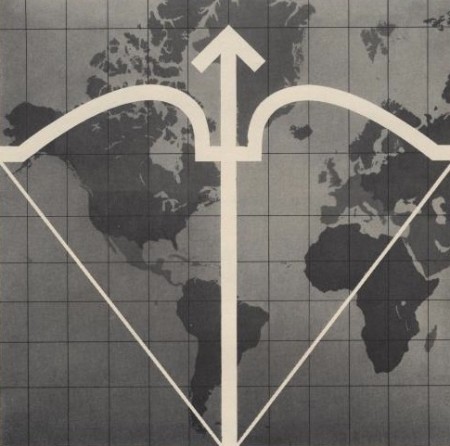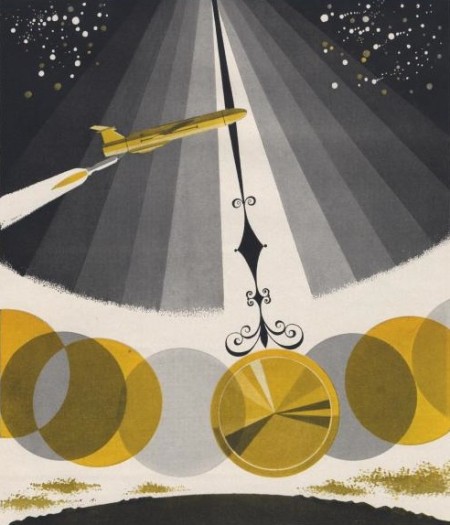
I’ve posted on this subject before and its implications are certainly debatable, but last week’s announcement that researchers had discovered the presence of the Golden Ratio in the quantum world had me thinking there might be more to it than anyone has yet realized.
“Researchers from the Helmholtz-Zentrum Berlin für Materialien und Energie (HZB), in cooperation with colleagues from Oxford and Bristol Universities, as well as the Rutherford Appleton Laboratory, UK, have for the first time observed a nanoscale symmetry hidden in solid state matter. They have measured the signatures of a symmetry showing the same attributes as the golden ratio famous from art and architecture.”
Dr. Radu Coldea — the principal author of the paper — describes how the ratio was observed in magnetically linked chains of atoms: “Here the tension comes from the interaction between spins causing them to magnetically resonate. For these interactions we found a series (scale) of resonant notes: The first two notes show a perfect relationship with each other. Their frequencies (pitch) are in the ratio of 1.618…, which is the golden ratio famous from art and architecture.”
Pretty amazing to think that something we seem to have an innate appreciation for and which occurs on such a comparatively massive scale can also be observed in the smallest components of our world.
Image via Minarai

